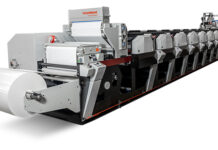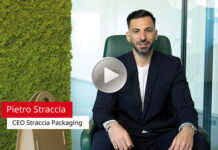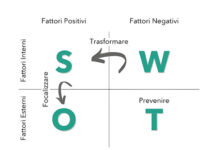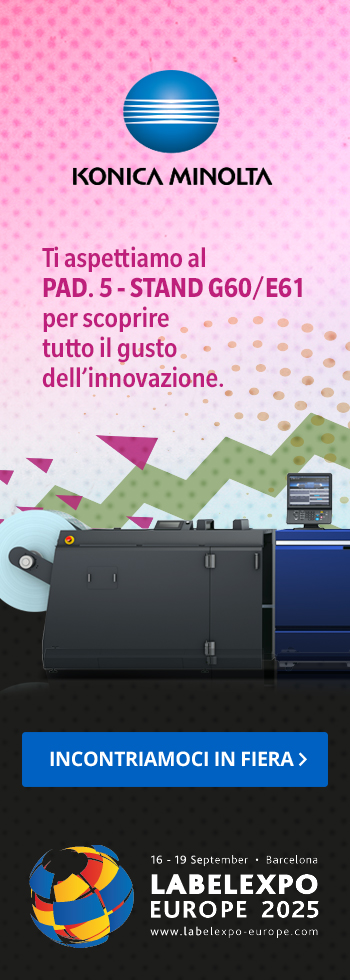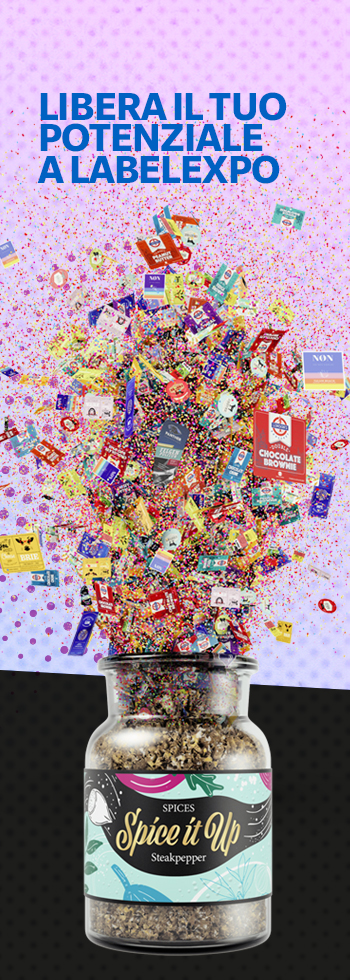With Michele Bondani, owner of Packaging in Italy, we face a high relevance topic: sustainability in packaging, trying to analyze the small and large pitfalls that lie behind the design of a package that must fully respond to market requests for sustainability

In our appointment with Michele Bondani, owner of Packaging in Italy, we address a deeply felt issue within the packaging industry, sustainability. The starting point for this chat is offered to us by the last few months, which, because of Covid emergency, seem in fact to have shifted the goal of consumers who have gone from demonizing plastic, considered responsible for the pollution of the planet, to appreciate its flexibility and the usefulness in terms of safety and conservation of products, from food to drugs. We do not want to exaggerate, but without a doubt today the focus is no longer looking for alternative materials to plastic, but we are moving more and more towards the real heart of the matter, namely the recyclability of products. Today, masks have been added to the plastic scattered in the environment and in the seas, which we all often see abandoned on the street, but nobody is going to demonize the producers of our new protection tools.
 “There is a real sustainability that is opposed to that perceived by consumers”, begins Michele Bondani, “and it is on this point that in my opinion the industry must clarify and make clear, almost courageous choices. Packaging today is a fundamental sales and marketing tool available to companies wishing to launch a product on the market, but it is increasingly becoming a very powerful tool for communicating messages of sustainability from the brand”.
“There is a real sustainability that is opposed to that perceived by consumers”, begins Michele Bondani, “and it is on this point that in my opinion the industry must clarify and make clear, almost courageous choices. Packaging today is a fundamental sales and marketing tool available to companies wishing to launch a product on the market, but it is increasingly becoming a very powerful tool for communicating messages of sustainability from the brand”.
Sustainability messages that can be conveyed by precise indications printed on the packaging, as for example Coca-Cola did on PET bottles, printing both on the wrap and above the cap messages that invite the consumer to enjoy the drink and remembering to dispose of the bottle in the separate collection of plastic, once the drink has been consumed. It is clear that a global brand like Coca-Cola is able to manage a resizing of its logo printed on its packaging, as it is so iconic and recognized on the market that it does not need to remind consumers that the bottle, with that shape and label is actually a Coca-Cola, managing to convey messages of environmental sustainability through packaging.
Circular economy in packaging
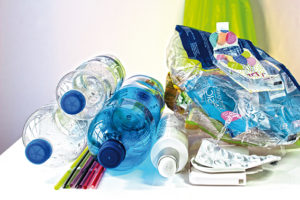 “Today we cannot address sustainability in packaging without talking about circular economy and recyclability of products”, adds Michele, who with his team in the agency has the task of helping and guiding his client towards the design of truly sustainable packaging solutions. “Even today there is a lot of confusion on the market, consumers are confused and must therefore be educated towards the best truly sustainable solutions. Take, for example, one of the latest innovations in terms of packaging, the ‘skin-packs’ or trays of meat with film, which thanks to the vacuum technology, wrap the meat, making the consumer appreciate its colors, shape and veins. There are companies, linked to the Bio sector, that use skin film with a cardboard tray. The new trend in this sector, beyond the classic skin pack, is that of paper seal. The perception by the consumer is that this is a sustainable solution since paper, a naturally recyclable material, is preferred to plastic, even if we know paper is not infinitely recyclable and its production process requires high water and energy consumption.
“Today we cannot address sustainability in packaging without talking about circular economy and recyclability of products”, adds Michele, who with his team in the agency has the task of helping and guiding his client towards the design of truly sustainable packaging solutions. “Even today there is a lot of confusion on the market, consumers are confused and must therefore be educated towards the best truly sustainable solutions. Take, for example, one of the latest innovations in terms of packaging, the ‘skin-packs’ or trays of meat with film, which thanks to the vacuum technology, wrap the meat, making the consumer appreciate its colors, shape and veins. There are companies, linked to the Bio sector, that use skin film with a cardboard tray. The new trend in this sector, beyond the classic skin pack, is that of paper seal. The perception by the consumer is that this is a sustainable solution since paper, a naturally recyclable material, is preferred to plastic, even if we know paper is not infinitely recyclable and its production process requires high water and energy consumption.  Anyway, I do not want to demonize paper in this context, which I deeply love as a reminder of vintage choices, an extraordinary and certainly recyclable material, but at the same time we cannot lay the blame on plastic. So for skin-pack meat packs, even in the Bio segment, if you want to communicate a message of sustainability, it is better to use a PET plastic tray, a perfectly indefinitely recyclable material and therefore really capable of respecting the dictates of a circular economy”, adds Bondani, hitting perfectly the core of the problem.
Anyway, I do not want to demonize paper in this context, which I deeply love as a reminder of vintage choices, an extraordinary and certainly recyclable material, but at the same time we cannot lay the blame on plastic. So for skin-pack meat packs, even in the Bio segment, if you want to communicate a message of sustainability, it is better to use a PET plastic tray, a perfectly indefinitely recyclable material and therefore really capable of respecting the dictates of a circular economy”, adds Bondani, hitting perfectly the core of the problem.
Culture among the players in the supply chain, from brand owner to consumer
We are therefore faced with a broader discussion that provides for consumer education to whom the choices of sustainability must be correctly communicated. All the players in the packaging supply chain are called to do their part, even if the message in question is now a social one and it is also up to the legislator to dictate the guidelines, communicate and help spread the culture of sustainable behavior, because if we find on roadsides or in our seas plastic, paper, masks, and all kinds of waste, the main cause cannot be the industry that produces but is rather an obvious problem of civics.
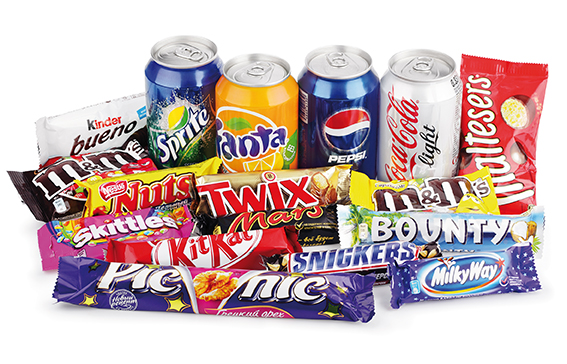
“If until a couple of years ago there were many words and few concrete facts in favor of more sustainable solutions, in the last year I have noticed that brand owners, in collaboration with their packaging suppliers, are working on increasingly more concrete actions, to offer recyclable solutions, so as to meet the 2025 deadline which through the Plastic Strategy foresees the use of 25% recycled plastic, to go up to 30% in 2030, abolishing disposable plastic products already in 2021. In the past, the brand owners, animated by good intentions, when they wanted to address the issue of sustainability, then clashed with the reality of costs, looking for alternative solutions, not always in line with the goal of real recyclability, and falling more into the temptation to offer consumers perceived sustainability solutions. Today this is no longer the case, and brands have understood that addressing these issues correctly also pays them back from a cost point of view, considering this expense an investment for the future of the environment first and foremost but also for the continuity of their company. The new generation of consumers, today’s kids, are very receptive to these issues and their purchasing habits will increasingly be directed towards products that are able to comply with the criteria of sustainability. I close with an example of family life that saw me succumb to my fifteen-year-old daughter, who at the umpteenth parcel received at home, invited me to group the products in a single order so as to receive the products in a single delivery. I was favorably impressed by her propensity towards a more conscious purchasing habit”.





